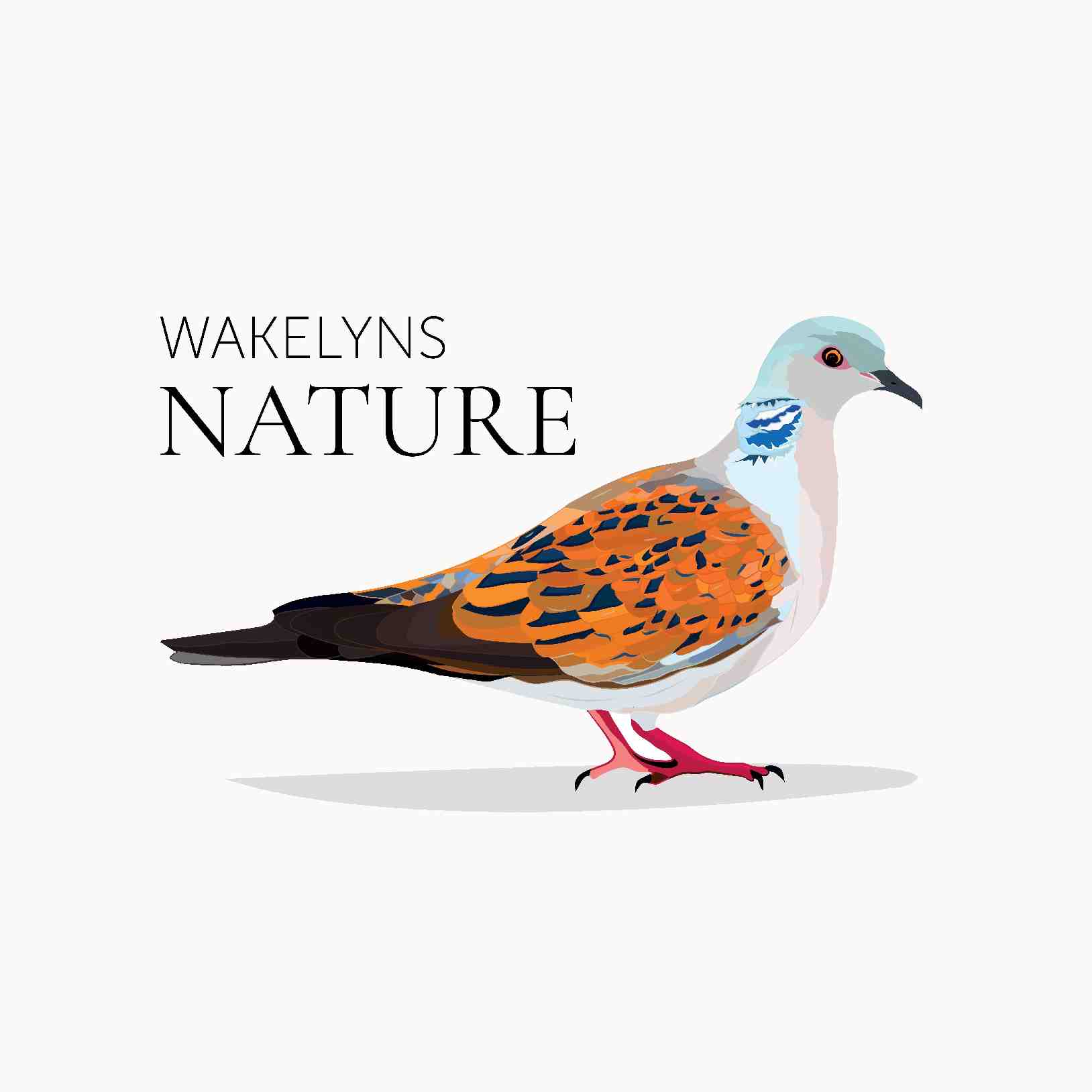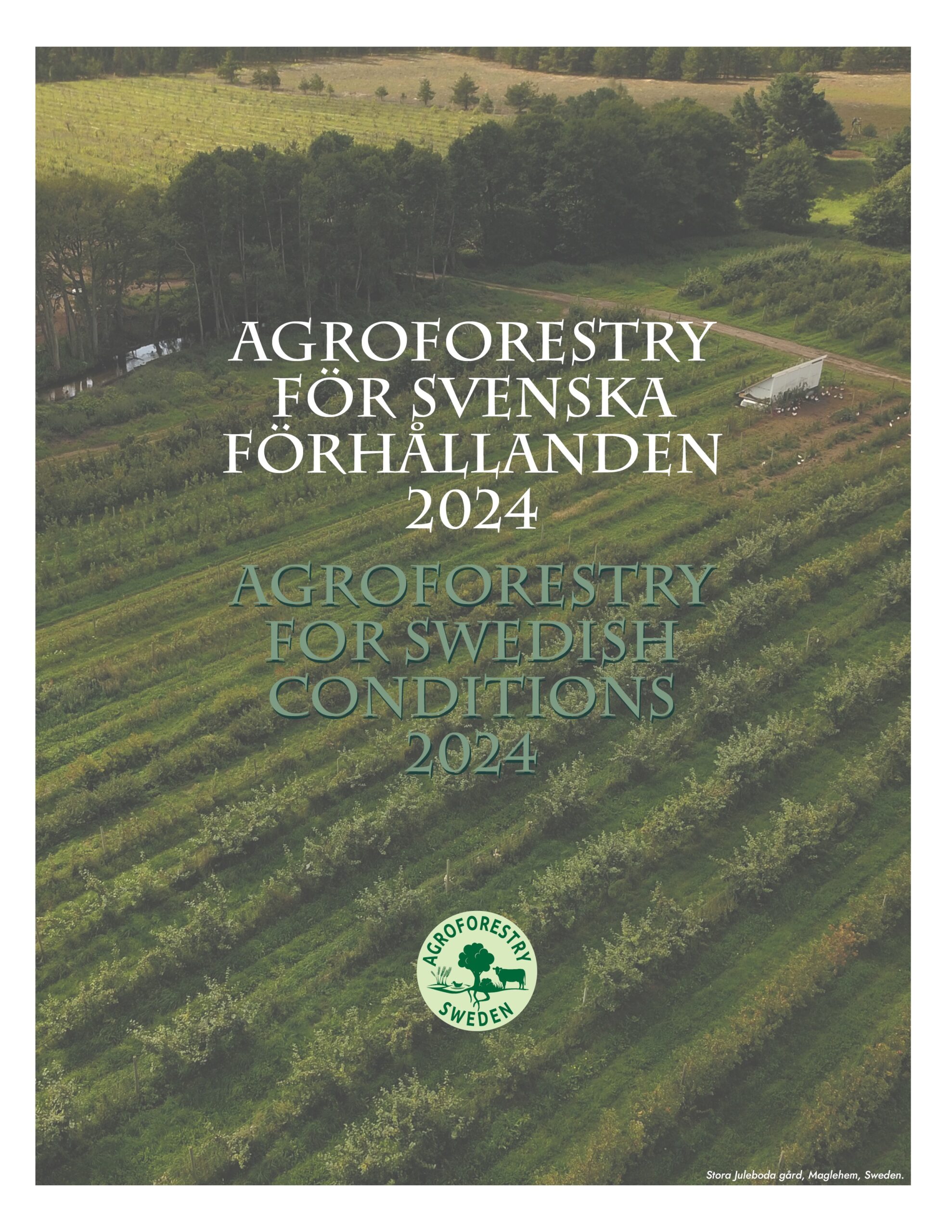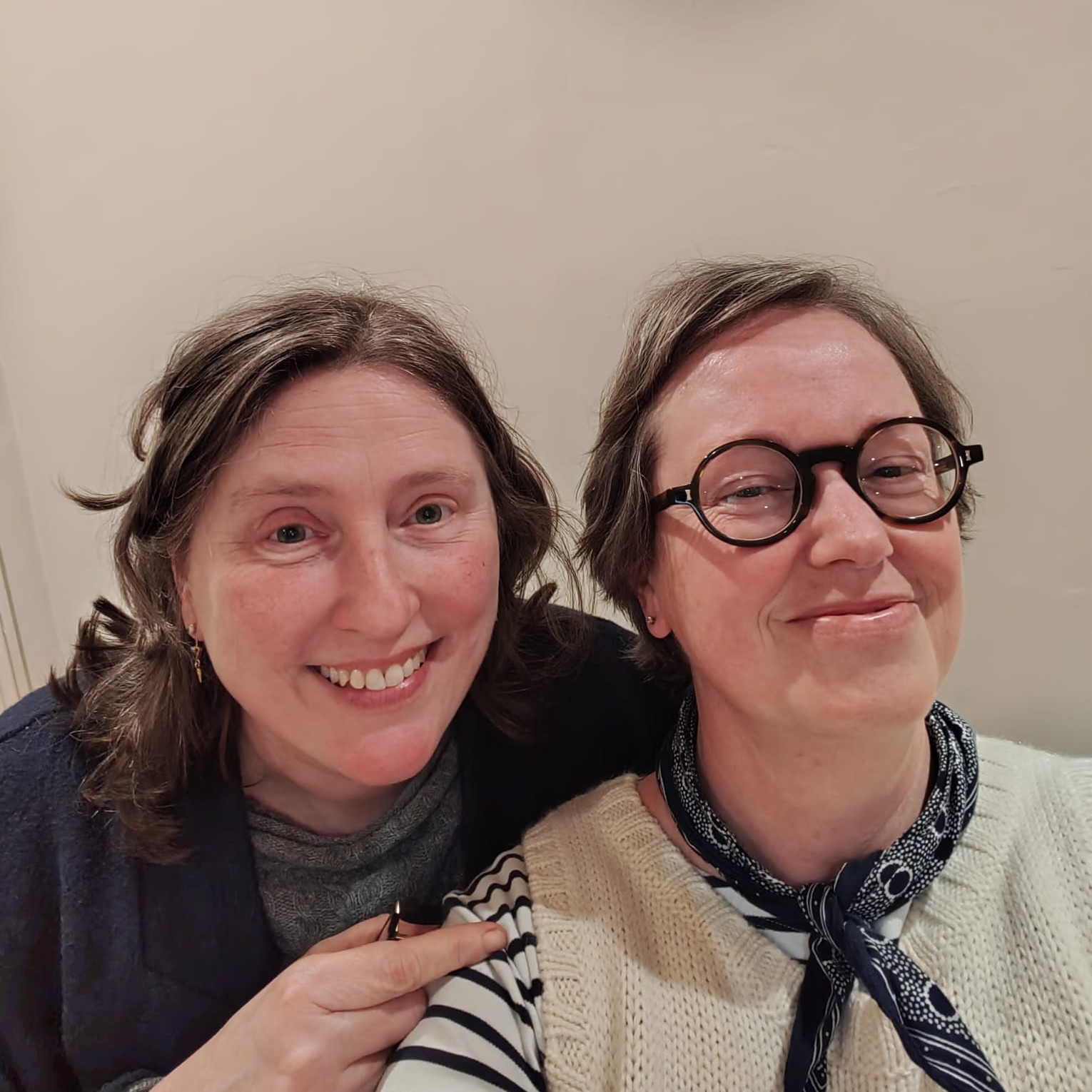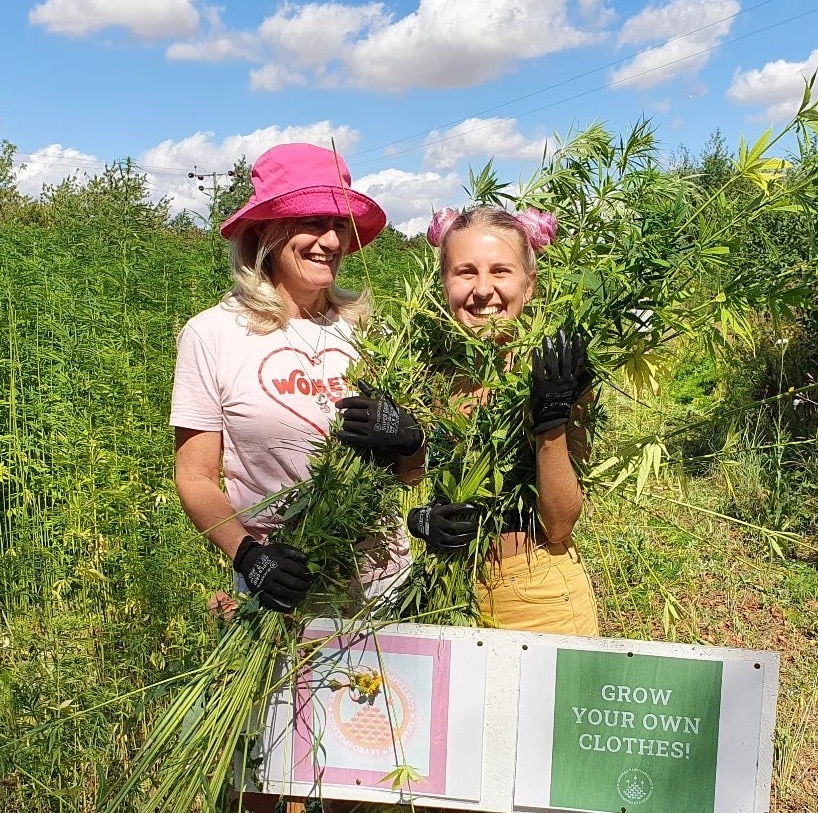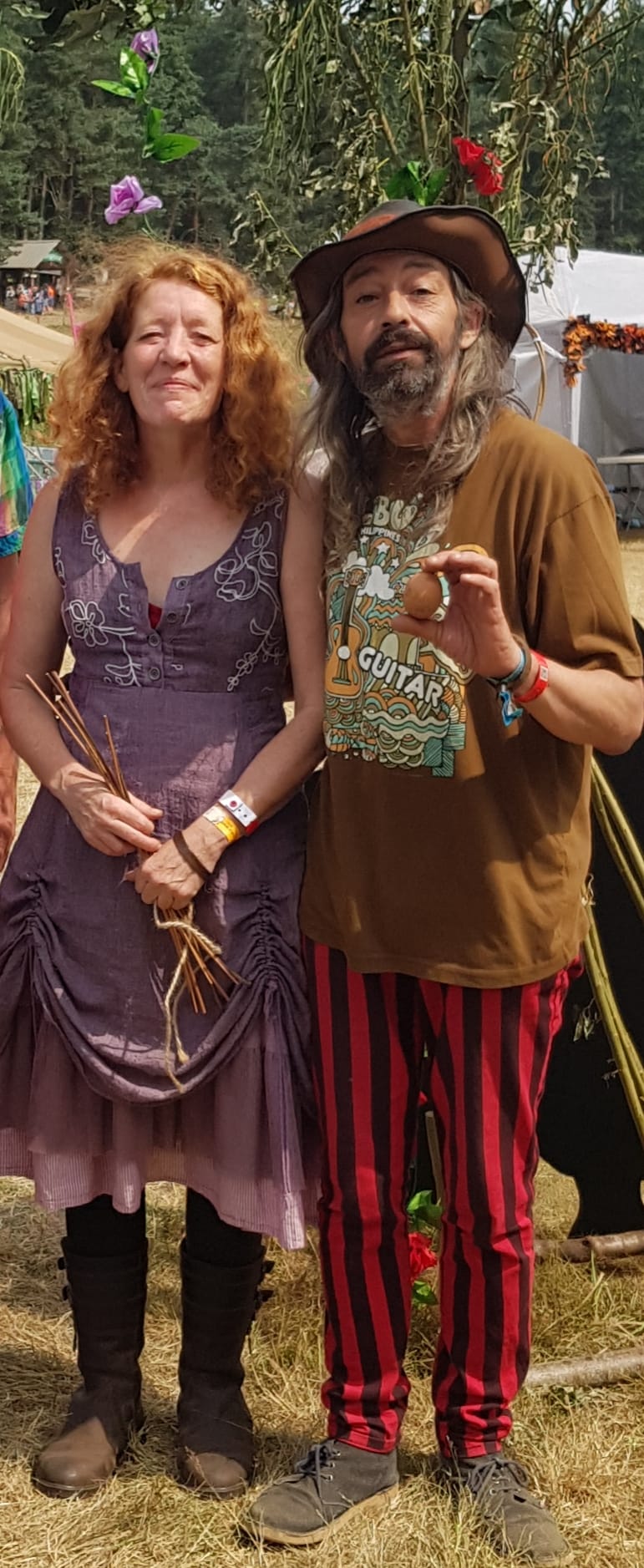Nick Fradgley worked with the ORC at Wakelyns between 2012 and 2015. He is now a PhD student in quantitative genetics at NIAB in Cambridge, but is also breeding developing several non-commodity cereal varieties and populations, and that has led him back to a personal collaboration with Wakelyns, which is really great. In 2022 Nick grew two interesting “population” grains at Wakelyns. Rather than usual ‘pure-line’ varieties, where all plants in a crop are genetically almost identical, populations are created by inter-crossing several different parent varieties so that their genetic diversity is recombined in the resulting offspring. This creates a huge number of distinct plant types in the same crop which enables populations to be adaptable varying climates and adapted to locations and farming methods.
MDIV GYPD Population
This winter wheat population was derived from a MAGIC Diverse population (MDIV) created at NIAB which included and recombined north west European wheat genetic diversity of the last 70 years over four rounds of inter-crossing (https://genomebiology.biomedcentral.com/articles/10.1186/s13059-021-02354-7).
Of the ~500 lines, a subset that had above average yield and protein content despite their negative correlation trade-off; the grain yield protein deviation (GYPD), were selected for further crossing.
High GYPD is thought to be associated with greater post-anthesis nitrogen uptake and micronutrient density. Over a hundred bulk families from these crosses were grown at Waterland Organic farm in Cambridgeshire and the most disease resistant and competitive of these segregating families were bulked to create the MDIV GYPD Population.
Rye Population
This highly diverse winter rye population was created by mixing 18 accessions from the IPK Gartersleben gene bank in Germany that originated from as many corners of the world as possible (Russia, Afghanistan, Turkmenistan, Spain, Poland etc.) and included 6 different subspecies of rye (cereale, dighoricum, segetale, ancestrale, rigidum and vavilovii) with very different grain colour characteristics.
Unlike most other cereal crops, rye is an obligate out crosser, so will always randomly cross pollinate between plants in a crop. While this has made conventional breeding efforts difficult for rye, we embrace this outcrossing effect so the wide genetic diversity in this population will rapidly recombine to create a highly adaptable population of rye.








